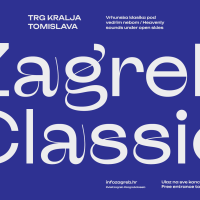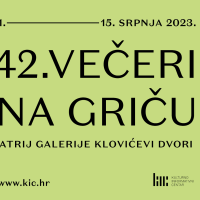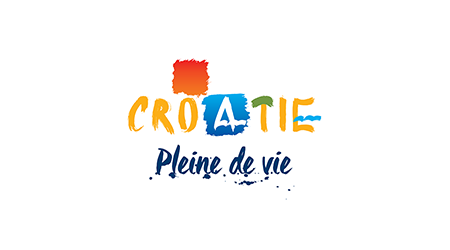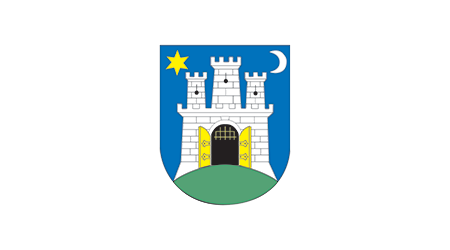Licitar-making – Croatian traditional gingerbread craft on the UNESCO list
In mid-November, UNESCO added the craft of licitar-making, traditionally tied to Zagreb and its surroundings, onto its Representative List of Intangible Cultural Heritage, which now contains nine Croatian entries.
 UNESCO has recently added the Croatian craft of licitar-making onto its Representative List of Intangible Cultural Heritage. Licitar is a colourfully decorated cake made out of sweet dough, which is traditionally tied to central Croatia. It is produced in various sizes, most commonly in the shape of a heart, a horseshoe, a coronet or a horse, and it is always bright red. In the 18th and 19th centuries, licitar-makers of Zagreb were highly regarded craftsmen, and their products were highly esteemed among members of all social classes.
UNESCO has recently added the Croatian craft of licitar-making onto its Representative List of Intangible Cultural Heritage. Licitar is a colourfully decorated cake made out of sweet dough, which is traditionally tied to central Croatia. It is produced in various sizes, most commonly in the shape of a heart, a horseshoe, a coronet or a horse, and it is always bright red. In the 18th and 19th centuries, licitar-makers of Zagreb were highly regarded craftsmen, and their products were highly esteemed among members of all social classes.
Its secret has always been nurtured among the families of gingerbread craftspeople, who also made honey and candles. They shaped the licitar dough in wooden moulds, then baked it, painted it with fruit colouring (red, yellow, green and white), and decorated it with sugar mixtures, little mirrors etc. Heart-shaped licitars were traditional gifts from boys to girls, as an expression of their affection. Thanks to the specific craft of licitar-making and its decorating, which has been passed down through numerous generations, the licitar has become one of the country’s national symbols. It is nowadays one of the most original, traditional souvenirs of Zagreb and is often given to guests as a welcoming gift.
The UNESCO Representative List of Intangible Cultural Heritage currently contains nine Croatian entries. This includes Croatian lace-making (Pag, Hvar, Lepoglava); the festivity of Saint Blaise, the patron saint of Dubrovnik; two-part singing and playing in the Istrian scale; traditional manufacturing of children’s wooden toys in making Hrvatsko Zagorje; the annual spring procession by the queen, or Ljelje, of Gorjani; the “Following the Cross” procession on the island of Hvar; the annual pageant of the bell-ringers from Kastav; and the two recent additions to the UNESCO list of intangible heritage: the craft of licitar-making /gingerbread craft/, and the Alka of Sinj. In addition, during a recent summit in Nairobi in mid-November, the International Committee of UNESCO also included ojkanje (a way of singing in Zagora and parts of Dalmatia) on the list of endangered intangible cultural heritage.
Published: 02.12.2010
 Hrvatski
Hrvatski English
English Deutsch
Deutsch Spanish
Spanish French
French Italian
Italian Russian
Russian Korean
Korean Japanese
Japanese Chinese
Chinese UNESCO has recently added the Croatian craft of licitar-making onto its Representative List of Intangible Cultural Heritage. Licitar is a colourfully decorated cake made out of sweet dough, which is traditionally tied to central Croatia. It is produced in various sizes, most commonly in the shape of a heart, a horseshoe, a coronet or a horse, and it is always bright red. In the 18th and 19th centuries, licitar-makers of Zagreb were highly regarded craftsmen, and their products were highly esteemed among members of all social classes.
UNESCO has recently added the Croatian craft of licitar-making onto its Representative List of Intangible Cultural Heritage. Licitar is a colourfully decorated cake made out of sweet dough, which is traditionally tied to central Croatia. It is produced in various sizes, most commonly in the shape of a heart, a horseshoe, a coronet or a horse, and it is always bright red. In the 18th and 19th centuries, licitar-makers of Zagreb were highly regarded craftsmen, and their products were highly esteemed among members of all social classes. 









